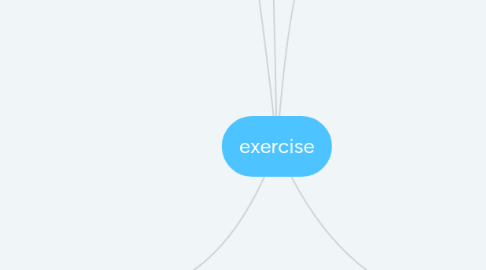
1. 3. ideate
1.1. Design Sprint-like workshop
1.1.1. set up stage
1.1.1.1. logistics
1.1.1.2. team
1.1.1.2.1. sales/marketing
1.1.1.2.2. product
1.1.1.2.3. UX
1.1.1.2.4. dev
1.1.1.2.5. facilitator
1.1.2. day 1 - understand/refine the problem
1.1.2.1. set a long-term goal
1.1.2.1.1. why are we doing this project?
1.1.2.1.2. where do we want to be in the next 6mo, 1yr
1.1.2.2. list sprint questions
1.1.2.2.1. how could we fail?
1.1.2.2.2. assumptions
1.1.2.2.3. be pessimistic
1.1.2.3. make the map
1.1.2.3.1. customers on the left, objective on the right
1.1.2.4. ask the experts
1.1.2.4.1. is the vision correct?
1.1.2.4.2. what have we tried before?
1.1.2.4.3. what do we have from customer research?
1.1.2.5. HMW
1.1.2.5.1. frame problems into opportunities
1.1.2.5.2. prioritise and choose which ones to target
1.1.3. day 2 - solutions
1.1.3.1. lightning demos
1.1.3.1.1. look into alternatives from other companies
1.1.3.1.2. analogous inspirations
1.1.3.2. sketching
1.1.3.2.1. gather information from other activities
1.1.3.2.2. create a lot of different ideas
1.1.4. day 3 - solutions
1.1.4.1. vote on strongest solutions
1.1.4.2. storyboard
1.1.4.2.1. fill in the storyboard with winner sketches from last activity
1.1.5. day 4 - prototype
1.1.6. day 5 - test the idea
1.1.6.1. interview 5 users
1.1.6.2. collect feedback
1.1.6.3. find patterns
1.1.6.4. plan the future
2. slides
3. 4. execute
3.1. future plan from Sprint's day 5
3.1.1. epics
3.1.1.1. most important user stories break down
3.1.1.1.1. dev team backlog
3.1.1.2. measures of success
3.1.2. milestones
3.1.2.1. what's the MVP?
3.1.2.2. releases
3.1.3. roadmap
3.1.4. team capacity
3.1.4.1. how many people we got for the initiative?
3.1.5. capabilities needed
3.1.5.1. what skills are needed to get the work done?
3.1.6. deadlines?
3.1.7. approval?
3.1.8. other constraints?
4. 2. get to know the problem
4.1. why a communication tool?
4.2. what's behind a communication feature?
4.3. what data or information to back up the initiative?
4.3.1. do we need user research?
4.4. what are the user's pains?
4.5. have users reported this need?
4.6. are there any alternatives?
4.6.1. what other ways we could solve this problem?
5. 1. get to know the costumers
5.1. the driver
5.1.1. mobile?
5.1.1.1. can they text while driving?
5.1.1.1.1. how's the legislation in Germany/other countries door2door operates?
5.1.1.2. how many of them use voice-command control?
5.1.1.3. can they perform "super simple" interactions through the phone screen?
5.1.1.3.1. example/idea: respond with a quick-one-tap “thumbs-up” emoji
5.1.1.4. what are the simmilar apps they use?
5.1.1.5. what are the other constraints?
5.2. the passenger
5.2.1. mobile?
5.2.2. when does the passenger needs to talk to the dispatcher?
5.2.2.1. why?
5.3. the dispatcher
5.3.1. desktop?
5.3.2. what else do they use?
5.3.3. when does the dispatcher needs to talk to the passenger?
5.3.3.1. why?

